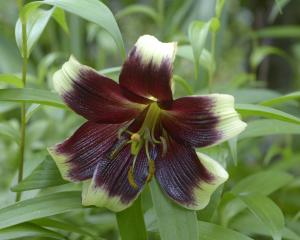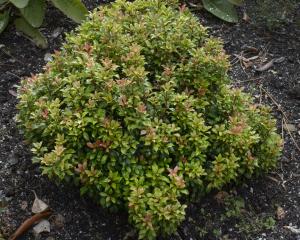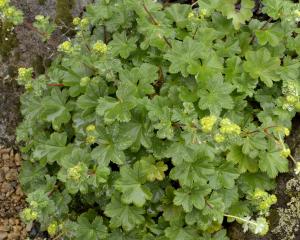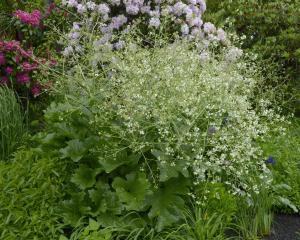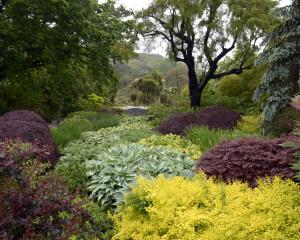
An incredibly clean white, their delicate hanging flowers are designed to handle the harshness of late winter.
Native to Europe, Asia Minor and the Near East, Galanthus, or snowdrops, grow in woodlands, with exceptions in the alpine zone of the Caucasus and near sea level close to the Aegean Sea.
Most snowdrops bloom in late winter, with a few species slightly earlier or later than this.
Botanically speaking, the flowers have no petals, but six tepals.
The three outside are large and pure white; the three inner tepals smaller and marked with a green or greenish yellow arrow-like shape.
Many forms have been selected and bred, resulting in flowers with different shaped green markings, multi-tepalled varieties and even yellow-marked flowers.
Popular among collectors and plant enthusiasts, they often sell for vast sums.
Galanthus enthusiasts have even been named galanthophiles, probably after the renowned British plantsman E. A. Bowles who addressed a letter to his collector friend as "Dear Galanthophil".
Galanthus S. Arnott originated from the home of Samuel Arnott, the then provost of Dumfries.
Distributed around galanthophiles throughout the 1950s and 1960s, it proved to be a good doer and became a favourite.
Three hundred bulbs were planted in the Dunedin Botanic Garden bulb lawn at the Opoho Rd entrance to the rock garden in January 2014.
Well-established, they have been flowering for several weeks, along with many other bulb species.
- Robyn Abernethy is the rock, water and alpine collection curator at Dunedin Botanic Garden.







